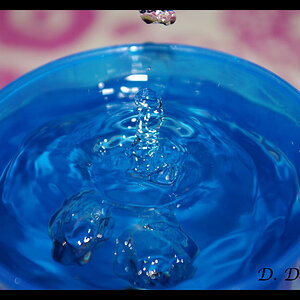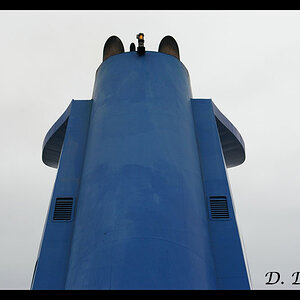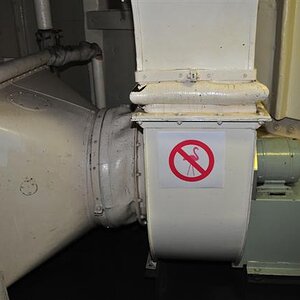christopher walrath
No longer a newbie, moving up!
- Joined
- Mar 19, 2008
- Messages
- 1,265
- Reaction score
- 25
- Location
- In a darkroom far, far away...
- Website
- home.comcast.net
- Can others edit my Photos
- Photos NOT OK to edit
I have a dorky looking rubber apron, at least covers over my footwear, protective glasses (as I sweat like the dickens under goggles) and, if mixing chemicals from a stock solution, a half face respirator (you can pick these up cheap enough from auto parts stores that sell paint).













